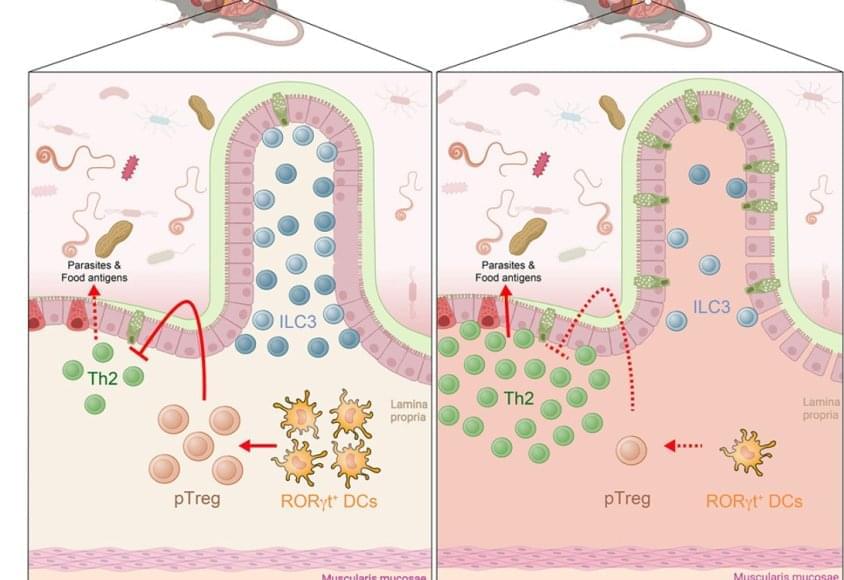Nexus between genomic instability and metabolism in cancer.
Genomic damage detection and repair in the cells is enabled by the DNA-damage response (DDR).
Although DDR inhibition has been used to treat various cancers, drug resistance has been observed in the long run owing to the ability of tumor cells to undergo energetic metabolic reprogramming.
In addition, tumor cells’ ability to sense oxidative stress influenced by metabolic intermediates, leading to impaired redox metabolism, thus creating redox vulnerabilities.
The researchers in this review summarize recent advances in understanding the crosstalk between DDR and metabolism and discuss combination therapies that target DDR, metabolism, and redox vulnerabilities in cancer.
They also outline challenges in targeting metabolism and strategies to improve the shortcomings. https://sciencemission.com/Unraveling-the-nexus
In this review, we explore the recent advances in understanding the crosstalk between DDR and metabolic pathways in cancer cells, focusing on mechanisms of therapy resistance. We delve into how changes in redox metabolism create exploitable vulnerabilities for therapeutic intervention and highlight emerging insights into cysteine post-translational modifications affecting DDR proteins. These insights have paved the way for designing covalent cysteine-targeting drugs, currently under development, which can selectively target key metabolic regulators, including DNA-repair proteins.
We also discuss potential barriers to the clinical success of these cancer therapies and offer a perspective to remain on an upward trajectory. While combination therapies that target both DNA-repair pathways and metabolic regulators show promise, significant challenges remain in translating these strategies to the clinic (see outstanding questions). The path forward in overcoming resistance in cancer therapies may lie in the innovative use of CRISPR-based screens to better assess metabolic determinants of resistance to genotoxic agents and in optimizing drug design and delivery to minimize off-target effects, thereby enhancing both safety and efficacy.
In summary, recent discoveries from preclinical models and in vitro studies have significantly enhanced our understanding of the complex interactions between metabolic pathways and the DDR. Nonetheless, further research is necessary to assess how inhibiting specific metabolic components, in combination with DDR inhibitors, can be effectively applied to various tumor types. Additionally, the potential to target redox metabolism depends on our ability to classify tumor cells based on their varying levels of redox vulnerability or sensitivity to oxidative stress.
